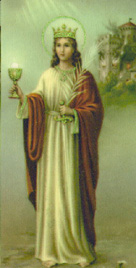On to another litter. I'd considered doing the Aussies, but I think I'll do the Bears first. Or at least one of them.
Everyone knows at least something about Winnie The Pooh, that he's a fictional character in a story by A.A. Milne, he's yellow, wears a red t-shirt, and loves honey. His best friend is piglet. He has other friends, Owl, Rabbit, Kanga, Roo, Tigger, and Eeyore to name a few. He goes on adventures with his friends in the Hundred Acre's Woods.
What you might not know is that part of his name comes from a real bear named Winnie, who was in the London Zoo.
The guy who did the illustrations, E.H. Shepard, was a political cartoonist before he convinced Milne to let him draw Winnie and that whole world.
A.A. Milne and E.H. Shepard actually regretted him some too, since it took over their lives and any later work would be overshadowed by what they'd once done.
That his iconic red shirt didn't come until a producer bought the rights to him and added it. Stephen Slesinger, which is a strangely familiar name that I'm not going to look into right now, added it to Winnie's look so he could get more money with trademarking, about 10 years after Milne started writing about Winnie.
Winnie The Pooh has been translated into several languages, and it led to the first time that a book in Latin actually got on the New York Time's Best Sellers list.
Scholars have used Pooh and Piglet to create philosophy books, such as the Tao of Pooh, from 1982, and a following book about Piglet. There's also a Medical Association Journal Article that goes into the psychology of the characters, assigning them all mental disorders and possibly physical ones also, such as Piglet having a small brain due to his head being smaller than most pigs.
A game from the books, Poohsticks, actually has a world championship held in England every year.
According to some, Winnie the Pooh is the patron saint of teddy-bears.
Cambridge University's Pembroke College has a Winnie the Pooh Society that was established in 1993 and supposedly had the Queen as a member. They meet up on Saturdays during term to drink tea and read from Milne's works.
You may have noticed 'Blood and Honey' portraying a very different type of Pooh-Bear, but that's because it's actually in public domain now. That's how old he is.
And that's the end of fun facts about Winnie the Pooh. Did you learn something new? I hope so, but let me know which one you liked best.
I planned to share more of my kitten pictures, but they're apparently not loading, so...next time.
Sources:
Fun Kids Live-- 10 facts about Winnie The Pooh
Mental Floss- 12 facts about Winnie the Pooh
Reader's Digest-- 18 Winnie The Pooh facts
Canterbury Classics-- Facts about Winnie the Pooh
CBC.ca-- 90 Facts about Winnie the Pooh
New York Public Library-- Winnie the Pooh facts
Fun Trivia-- 50 Winnie the Pooh Trivia questions, answers, and fun facts



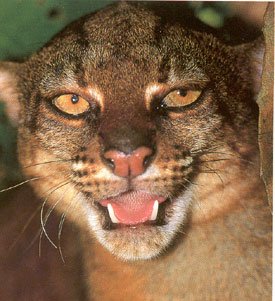



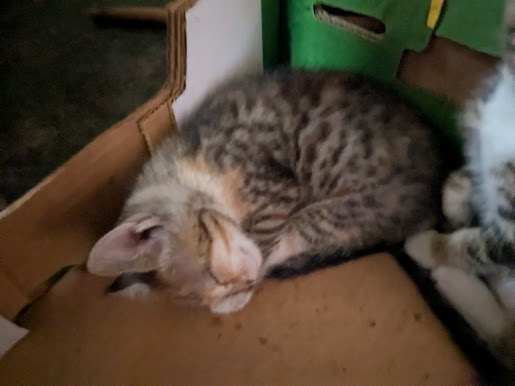

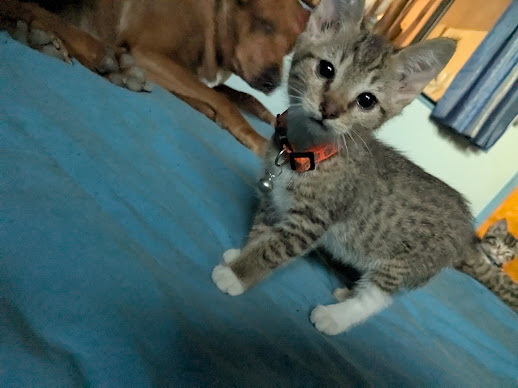




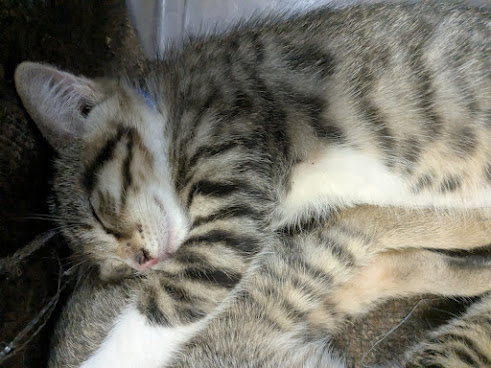
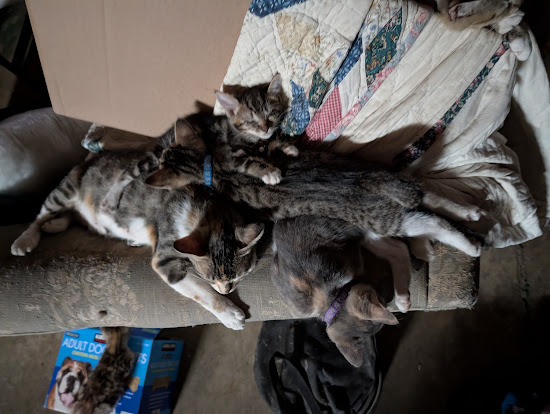








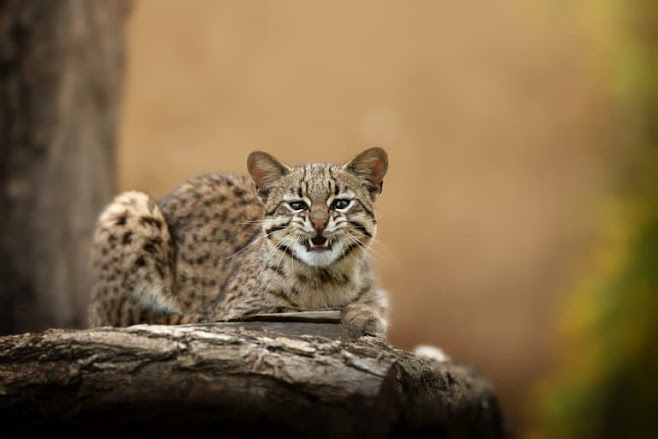


_La%20Cima,%20Costa%20Rica_12.05.2022_Amaia%20Autor%20(_La%20huella%20del%20tigrillo_%20project)%20(1).jfif)


















